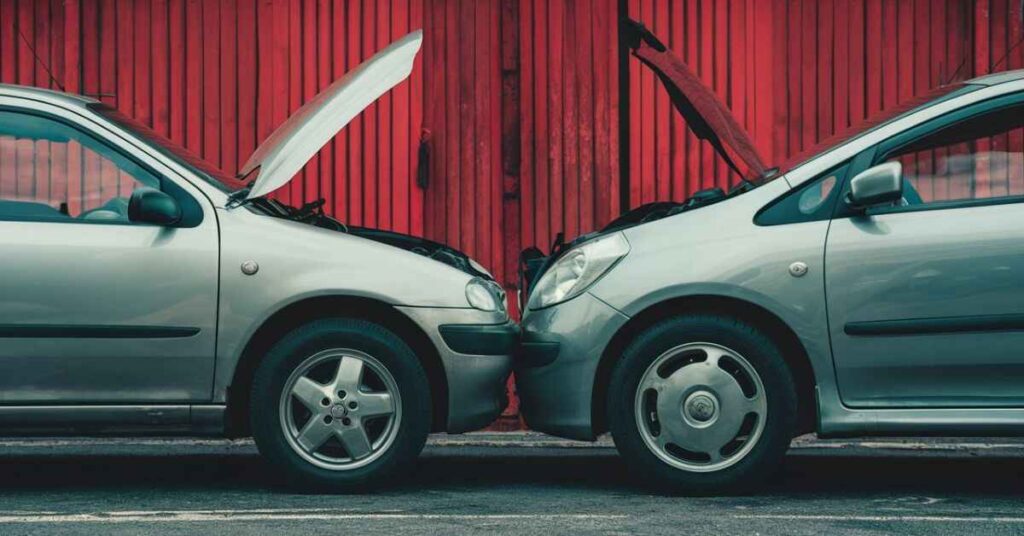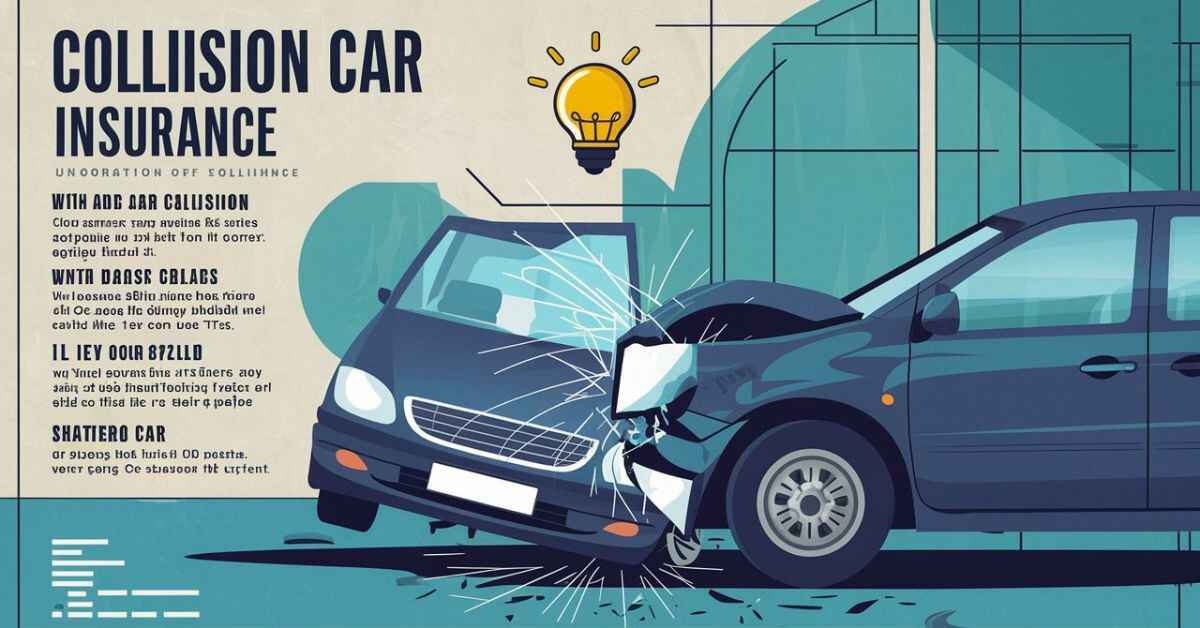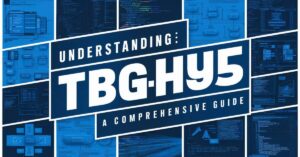
What is collision car insurance?
Collision automobile coverage is a type of coverage that protects you financially if your automobile is damaged in a collision with any other car or item. Whether you’re concerned about a fender-bender or an excessive coincidence, collision insurance can help cover the restoration or replacement costs of your automobile. In essence, it’s a safe internet connection that could prevent you from paying costly out-of-pocket charges in the event of a collision. Understanding Collision Car Insurance: What You Need to Know.
Coverage Details and Benefits

Collision insurance typically covers:
- Damage in your vehicle resulting from a collision with any other car
- Damage caused by bumping with stationary objects like trees, poles, or buildings
- Costs for repairing or replacing damage elements, including the car itself if it’s declare a complete loss
- Rental vehicle expenses even as your vehicle is being repaire
Additionally, some collision insurance policies may include additional benefits like:
- Towing and labor costs
- Storage fees for your vehicle while it’s being repaire
- Reimbursement for personal belongings damaged in the collision
The primary benefit of collision insurance is the peace of mind it provides. Knowing that you’re cover financially can help alleviate the stress and financial burden of dealing with collision-related damages. Understanding Collision Car Insurance: What You Need to Know.
Factors to Consider When Choosing Collision Car Insurance
Choosing the right collision car insurance coverage is crucial to ensuring you’re adequately protected without overpaying. Several factors should be considered when selecting your coverage:
- Vehicle value: Generally, collision insurance is usually recommended for more recent or more expensive motors, as the potential restore fees are higher.
- Driving habits: If you often drive in high-threat regions or have a history of accidents, you may want to remember higher coverage ranges.
- Location: Collision rates can vary based on your location, with urban areas often having higher risks than rural areas.
- Personal finances: Your ability to pay out-of-pocket for repairs should be consider when determining coverage levels and deductibles.
Deductibles, Premiums, and Coverage Limits
- Deductibles: This is the amount you’ll pay out-of-pocket before your insurance coverage kicks in. Higher deductibles commonly bring about lower premiums, however, you’ll need to weigh the ability to save in opposition to the danger of paying more out-of-pocket if a twist of fate occurs.
- Premiums: The quantity you pay for your collision coverage, is influence by factors like your deductible, insurance limits, history, and area.
- Coverage limits: The maximum amount your coverage agency can pay for upkeep or replacement. It’s important to pick limits that competently cover the value of your automobile.
When is collision car insurance necessary?
Collision insurance is generally recommended in the following situations:
- Leased or financed vehicles: Most leasing organizations and creditors require collision insurance to protect their investment.
- Newer or high-priced automobiles: The potential repair or substitute expenses for more recent, excessive-price cars can be sizeable, making collision coverage a wise investment.
- High-danger using conditions: If you regularly drive in regions with high twist of fate charges or dangerous conditions, collision coverage can offer delivered safety.
Assessing Your Vehicle’s Value and Risk Factors
To determine if collision insurance is worthwhile, consider the following:
- Vehicle age and price: As a fashionable rule, collision insurance may not be price-powerful for older motors with low market values, as the charges could outweigh repair prices.
- Driving situations: Evaluate your riding conduct, routes, and the probability of being concerned in a collision primarily based on elements like visitor congestion, climate conditions, and street quality. Find your vicinity.
- Personal risk tolerance: Some drivers may also decide upon the peace of mind of getting collision coverage, even for older motors, while others can be more cautious with the risk of paying out-of-pocket for upkeep.
How Does Collision Car Insurance Differ from Other Types of Auto Insurance?
While collision insurance is an essential component of a complete auto insurance policy, it’s important to understand how it differs from other types of coverage.
- Liability insurance: This covers damages and accidents you cause to others in a coincidence, but it does no longer cover harm for your very personal vehicle.
- Comprehensive coverage: This covers non-collision-related damages on your vehicle, which includes theft, damage, climate-associated incidents, and collisions with animals.
- Personal harm protection (PIP) and uninsured/underinsured motorist coverage: These insurance’s provide safety for clinical costs and other costs associated with accidents endured in a coincidence, regardless of who is at fault.
Comparing Collision, Comprehensive Collision and Liability Insurance
| Coverage Type | Covers Damage to Your Vehicle | Covers Damage to other Vehicle | Covers injuries |
|---|---|---|---|
| Collicion | Correct | Wrong | Wrong |
| Comprehensive | Correct | Wrong | Wrong |
| Liability | Wrong | Correct | Correct |
While collision insurance only covers damage to your vehicle resulting from a collision, comprehensive and liability insurance provide protection for other situations and parties involved in an accident. Together, they form a well-rounded auto insurance policy. Understanding Collision Car Insurance: What You Need to Know.
Tips for saving Money on Collision Car Insurance
Collision insurance can be a significant expense, but there are several strategies you can employ to reduce your premiums:
Shop around and evaluate prices: Insurance fees can range significantly between companies, so it will pay to store around and examine quotes from more than one businesses.
Consider elevating your deductible: A better deductible can lower your charges, but ensure you can afford to pay the deductible if a twist of fate takes place.
Bundle your rules: Many insurers offer reductions for bundling a couple of regulations, which include automobile and domestic insurance, with the same organisation.
Maintain a clean driving record: Avoiding accidents and site visitor violations can help keep your premiums low.
Take advantage of reductions: Many insurers offer discounts for things like protective US publications, proper scholar reductions, and protection features for your vehicle.
Bundling Policies, Increasing Deductibles, and Other Strategies
Let’s take a closer look at the impact of some of these strategies:
Bundling guidelines: By bundling your car and home insurance with the same issuer, you can save up to 25% on your premiums.
Increasing deductibles: Raising your deductible from $500 to $1,000 ought to result in savings of as much as 40% on your collision and complete coverage rates.
Safety functions and protecting using courses: Installing safety features like anti-lock brakes or taking a shielding riding direction can earn you reductions starting from 5% to 15%, depending on the insurer.
Steps to Take After a Collision: Navigating the Claims Process
If you’re involved in a collision, it’s essential to follow the proper steps to ensure a smooth claims process:
- Ensure all and sundry’s safety: Move to a safe vicinity and make contact with emergency services if necessary.
- Exchange data: Collect the names, touch information, insurance details, and license plate numbers of all parties involved.
- Document the scene: Take photos or movies of the damage, vehicle positions, and any applicable details.
- Notify your coverage corporation: Contact your insurer as soon as possible to initiate the claims process.
- Provide the necessary information: Be prepare to provide details about the accident, including a police report if available.
- Follow up on your declaration: Stay in verbal exchange with your insurance corporation and provide any requested documentation or data to make sure there is an easy claims method. Understanding Collision Car Insurance: What You Need to Know.
Filling a Claim, Documenting Damages, and Communicating with Insurers
Proper documentation and communication are crucial when filing a collision insurance claim. Here are some tips:
- File your declaration directly: Most insurers have a time limit for submitting claims, so it is crucial to act quickly.
- Provide unique documentation: Gather and submit all applicable facts, including snap shots, films, repair estimates, and witness statements.
- Keep data on verbal exchange: Document all conversations and correspondence together with your coverage employer, along with dates, times, and the names of congresses you spoke with.
- Be patient and persistent: The claims process can take time, so be patient and persistent in following up on your claim until it’s resolved.
FAQs
Ans: Collision car insurance covers damage to your vehicle cause by collisions with other vehicles or objects. It differs from liability insurance, which covers damage you cause to others, and comprehensive insurance, which covers damage from non-collision incidents like theft or weather damage.
Ans: Collision car insurance typically covers the cost of repairing or replacing your vehicle if it’s damaged in a collision, regardless of fault.
Ans: The deductible is the amount you agree to pay out of pocket before your insurance kicks in. For collision coverage, you’ll choose a deductible amount when you purchase your policy.
Ans: To file a claim for collision car insurance, you’ll typically need to contact your insurance provider, provide details about the accident, and submit any necessary documentation, such as photos or police reports.
Ans: Filing a claim for collision car insurance may result in an increase in your insurance rates, especially if you’re found at fault for the accident. However, the extent of the increase can vary depending on factors such as your driving history and the severity of the accident.











